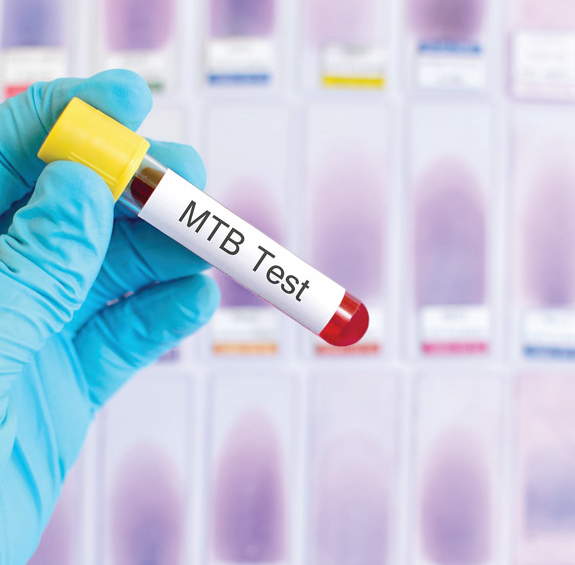Facts about little-known chronic, recurrent urinary tract tuberculosis

Tuberculosis is a disease often associated with the chest, specifically the lungs called pulmonary tuberculosis.
However, there are other forms of tuberculosis including spine, brain, kidney, bone and genitourinary (GUTB).
GUTB is a little known type of TB that affects urinary tract and genital organs. It occurs due to hematogenous spread chronic latent pulmonary tuberculosis. Some of the symptoms include increased frequents urination during the day (but at night later in the disease course), dysuria, flank pain, suprapubic pain loin pain, fever, lower abdominal pain and blood or pus in urine.
Other common symptoms are fever, night sweat, weight loss and anorexia.
According to the report by Radiology Society of North America, haematogenus seeding and lymphatic spread of mycobacteria from pulmonary, tonsillar and nodal TB are implicated in the pathogenesis of GUTB. G
enitourinary TB can be transmitted sexually and in most cases it is difficult to diagnose since it mimics other urinary tract infections posing diagnostic dilemma. It requires special diagnostic procedures to diagnose, which includes Magnetic Resonance Imaging (MRI), CT and CT urography.
GUTB is treated like pulmonary TB with four drug regimen for a period of six to nine months. However, patients with other conditions including HIV/Aids, kidney abscesses and bone infiltration may require long treatment period. Additionally, multi-drug resistant GUTB can take up to 24 months to treat. Other treatment option is surgical where there is ureteral complications.
GUTB develops in two to 20 per cent of pulmonary TB cases. In developed countries, it occurs in two to 10 per cent of cases of pulmonary TB while in developing countries it ranges between a 15 to 20 per cent, according to National Library of Medicine.








